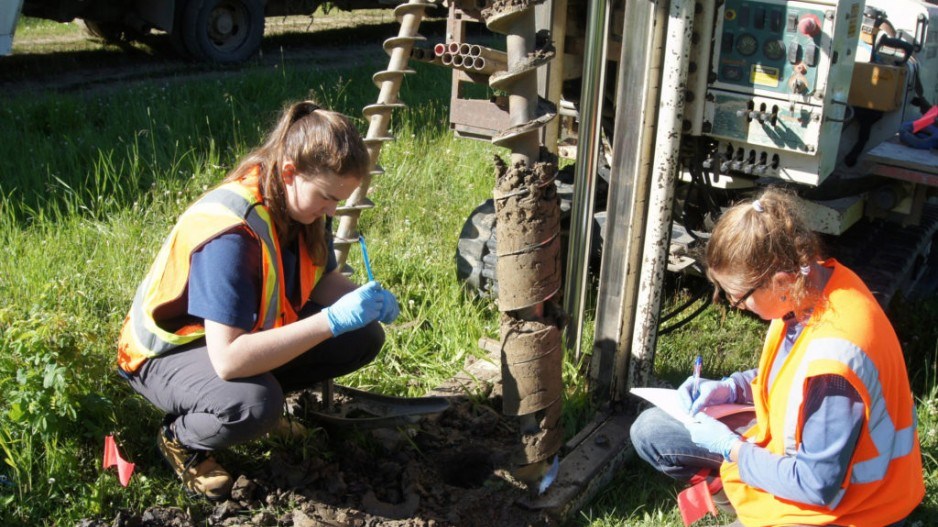A new study that demonstrates atmospheric pressure can increase or decrease methane emissions from leaky oil and gas wells underscores the need for better monitoring and measuring in B.C.’s natural gas fields.
Researchers from the University of BC conducted an experiment in which they replicated a leaky gas well to assess how much methane might escape from the soil around it.
Their findings were published in Nature Scientific Reports. The study found that atmospheric pressure can dramatically affect how much “soil gas” might escape from the ground into the atmosphere.
According to the study, roughly 7% of oil and gas wells may have degraded wellbores that can leak natural gas, which can migrate to the surface and escape into the atmosphere.
Fugitive emissions from these wells are measured, but not continuously. Most methane measurements are snapshots, and those snapshots can vary dramatically, depending on where – and apparently when – they are taken.
To replicate a leaky gas well, the researchers injected methane into the ground to a depth of 12 metres. The area was then continuously monitored for methane emissions over 24 days, along with atmospheric pressure.
The experiment found that during high-pressure periods, methane emissions decreased to the point where no methane was detected. During periods of low atmospheric pressure, however, there was a spike in how much methane was detected.
The study underscores the problem with trying to use modeling based on snapshots to determine methane leakage rates.
“Currently, subsurface gas migration is monitored using infrequent or short-term location-restrictive measurements,” Olenka Forde, lead author of the study, said in a press release.
“Our study shows that the magnitude of gas emissions to the atmosphere can depend on atmospheric pressure before and during the time of monitoring, so short-term, one-time measurements may not be representative of average emissions.”
Methane is the Achilles heel of the natural gas and LNG industry. When burned to generate power, natural gas has less than half the CO2 emissions of coal, so there are some fairly obvious environmental benefits.
But because natural gas production can result in fugitive methane emissions, there are concerns that if too much methane is leaking, it could cancel out any environmental benefits of switching from coal to natural gas. Methane does not persist in the atmosphere as long as CO2, but is magnitudes worse in terms of its global warming potential.
It is difficult to measure the actual amount of methane that escapes from a given gas field. A number of studies have produced wildly differing estimates of just how much methane may be escaping from natural gas fields.
Forde says continuous monitoring is needed to get a more accurate picture of just how much methane is actually leaking from gas fields.
“This will help to more accurately detect and evaluate gas migrations and emissions and thus, the risks posed by leaking oil and gas wells,” he said.
The study was funded by Natural Resources Canada, Geoscience BC, the BC Oil and Gas Commission, Natural Sciences and Engineering Council of Canada, and the Canadian Foundation for Innovation.




